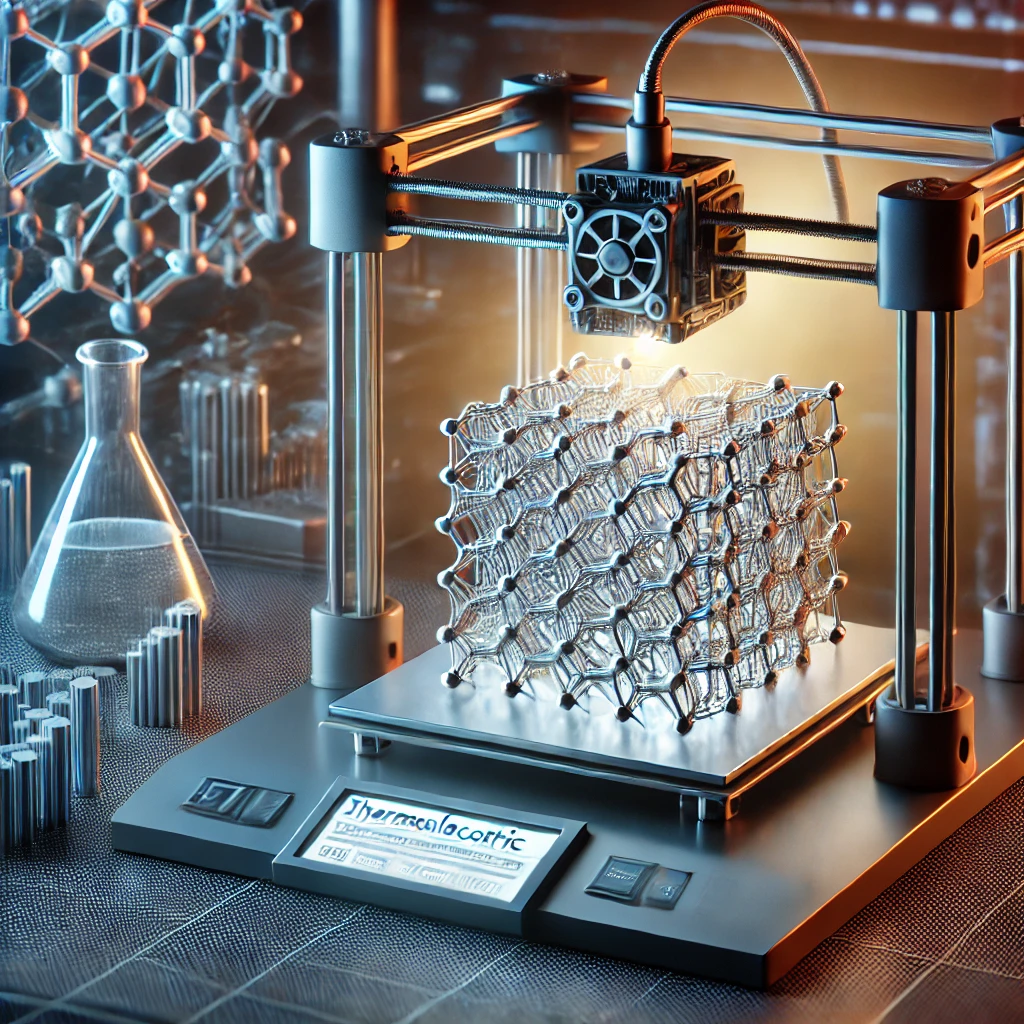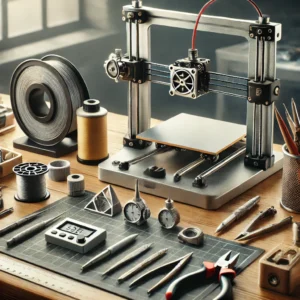“Breakthroughs in 3D Printing Technology Overcome Thermoelectric Material Challenges”

Breakthroughs in 3D Printing Technology Overcome Thermoelectric Material Challenges
Recent advancements in 3D printing technology are setting the stage for a revolution in thermoelectric materials. Traditionally, thermoelectric materials, which convert heat into electricity, have faced limitations in efficiency and scalability. However, the latest innovations in additive manufacturing are poised to overcome these challenges, opening up new possibilities for energy harvesting, cooling technologies, and beyond.
Overcoming Material Limitations with 3D Printing
The core issue with traditional thermoelectric materials has been their limited ability to convert heat into electricity efficiently. 3D printing, with its ability to precisely control the microstructure of materials, is now being used to optimize these materials for better performance. By creating complex, customized geometries that were previously impossible, researchers can enhance the thermoelectric properties, resulting in higher efficiency and broader applications.
Applications and Future Prospects
This breakthrough has significant implications across various industries. From powering small electronic devices to contributing to more efficient energy solutions in automotive and aerospace industries, the potential uses of 3D printed thermoelectric materials are vast. As this technology continues to evolve, it could lead to the development of more sustainable and energy-efficient solutions, reducing our reliance on conventional energy sources.
Conclusion
The convergence of 3D printing technology and thermoelectric materials represents a significant step forward in material science. As researchers continue to push the boundaries of what’s possible, we can expect to see even more innovative applications that will shape the future of energy conversion technologies.
SEO-Friendly Tags: 3D printing, thermoelectric materials, additive manufacturing, energy harvesting, material science, 3D printed thermoelectric, technology advancements, sustainable energy solutions, energy conversion, innovative technology



